Developing clinical judgement: A 2 month old infant is being…
Developing clinical judgement: A 2 month old infant is being admitted to the pediatric unit with respiratory syncytial virus (RSV). The infant is displaying tachypnea, retractions, and nasal flaring. Select which nursing actions are Indicated or appropriate when caring for this client.
Read Details


